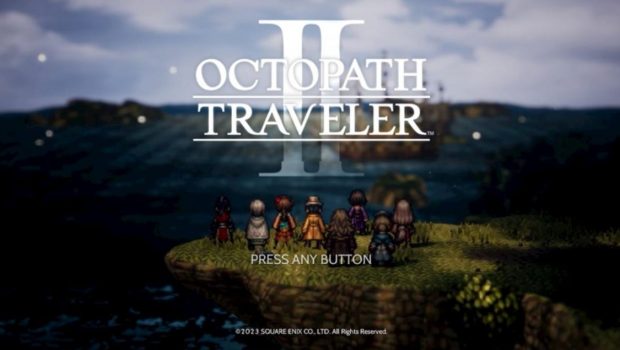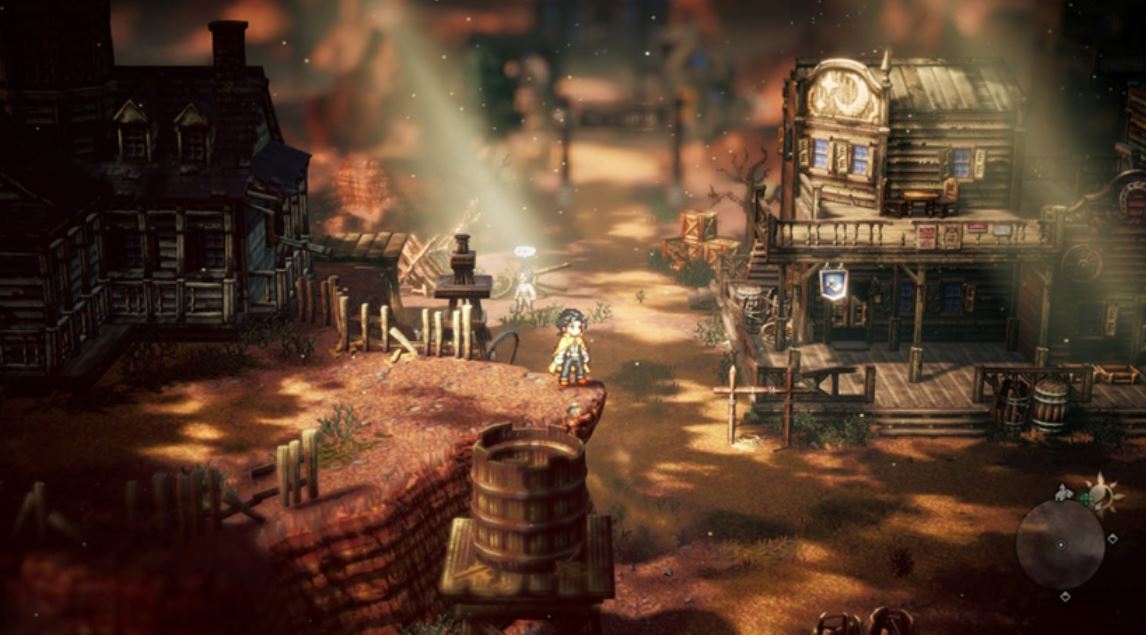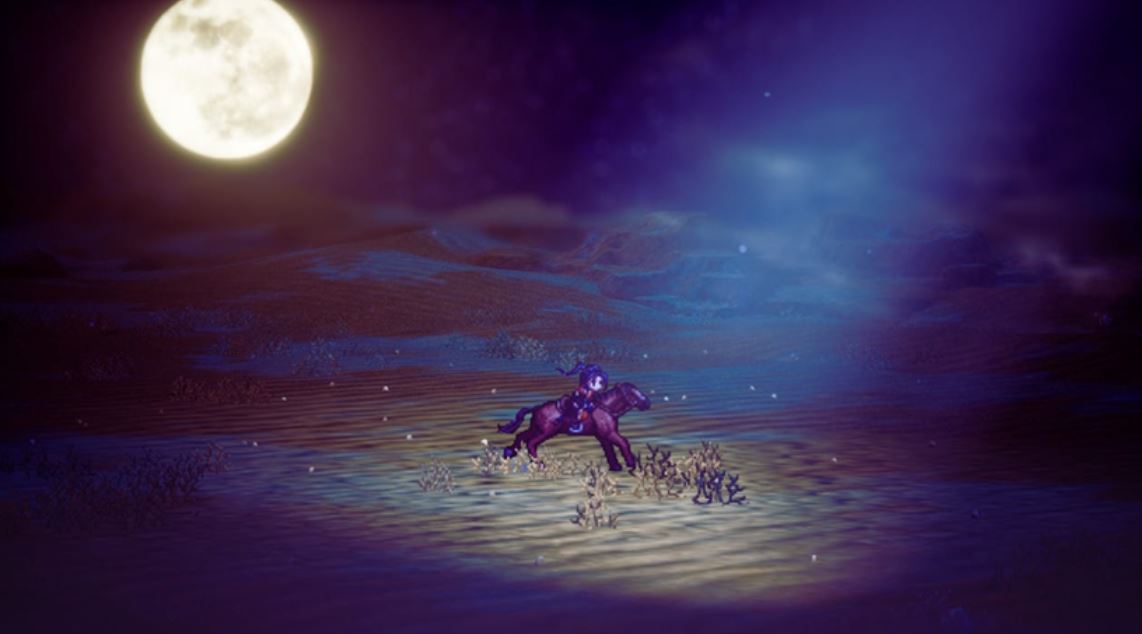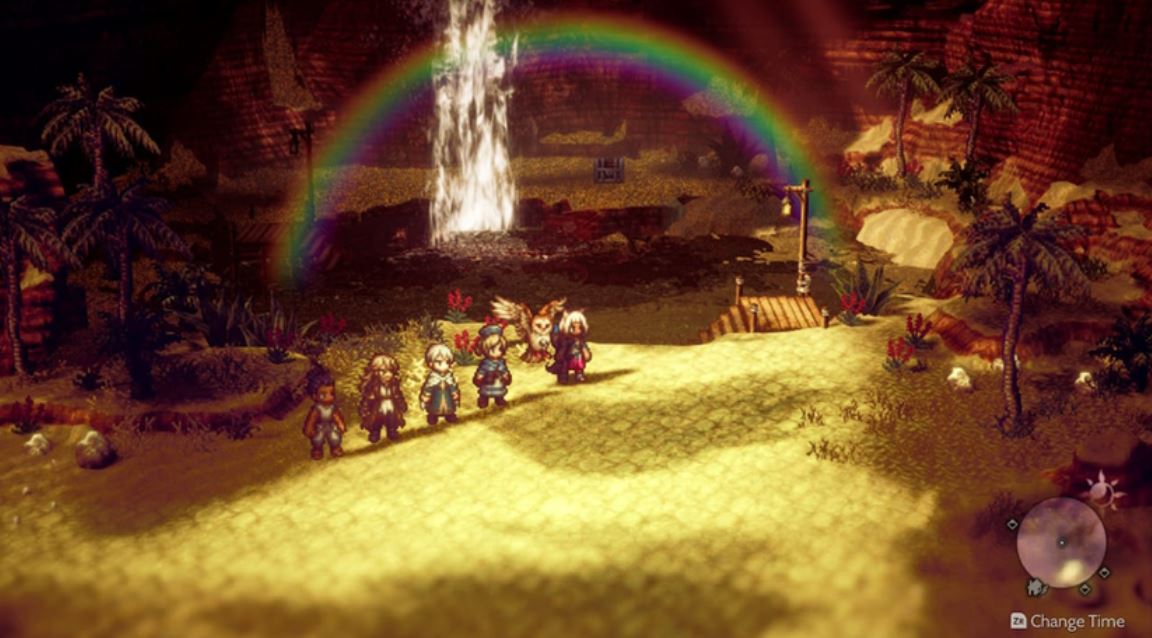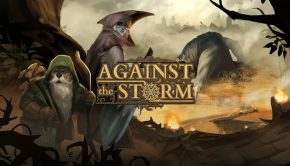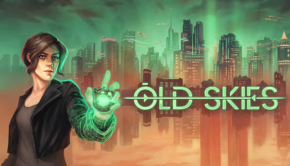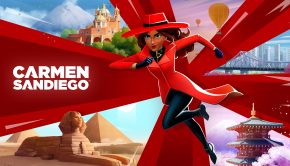Octopath Traveler II Switch Review
Summary: While never straying very far from the ideas of its predecessor, Octopath Traveler II improves upon every aspect of that already great game and ends up being one of the best JRPGs I’ve ever played.
4.9
Eight Delightful Journeys
Ever since making one of my favorite games of all time (Triangle Strategy) last year, Team Asano has become a developer whose products I do not want to miss out on. Their latest game is Octopath Traveler II, a sequel to a game I first played only a few months ago – and loved, despite some structural issues. Are Octopath’s second batch of eight journeys just as worthwhile to go on, or should this group of travelers have stayed home? Let’s find out.
You begin Octopath Traveler II by picking one of the eight protagonists to start your travels through the continent of Solistia with. After doing their first chapter, you can find and recruit the other seven heroes in towns all over the world map. Unlike in most games’ narratives, the titular Octopath Travelers do not have one unified goal – instead, they all have chapters dedicated to their own self-contained adventure. Each chapter completed for a character will grant access to that character’s next chapter until their story is finished. The benefit of this structure is that every main character is actually important, and none of them become sidelined over the course of the game. The downside comes from the fact that you play through these stories with only one protagonist on screen at a time while the other seven characters become exclusively gameplay tools. Outside of travel banter (optional conversations between characters popping up at specific moments during chapters) and shared stories (mini-chapters featuring set pairs of heroes), the main characters do not interact with each other and have no visible impact on chapters that aren’t their own. Given the game’s unique approach to story and structure I do see why it is this way, but it still never stops being a bit jarring.
I find myself unable to complain too hard though, because the characters and their stories are simply that good, even without input from the rest of the main cast. All of the eight travelers are loveable in their own right – with my personal favorite being the motherly apothecary Castti who suffers from amnesia. Furthermore, most protagonist’s side characters and antagonists are used well to provide the consequential interactions with the heroes that travel banter and shared stories cannot give. The protagonists themselves are also used to great effect for one of the game’s unique features: path actions. Each hero has their own individual ones and can use them on NPCs to get various things from them; such as items, their help in battle (for a limited amount of times) or information. Some path actions are more useful in more situations than others, but they nonetheless make exploring towns more fun and allow for some interesting moments where the story can be told more deliberately through gameplay.
Speaking of gameplay, Octopath Traveler II is a classic turn-based RPG. You explore an overworld with a team of four characters at a time and fight battles against enemies, taking turns attacking each other until one of the two sides runs out of Hit Points. The game’s battle system is defined by two mechanics: break and boost. Every enemy in the game has a certain number of shields, which represents the amount of hits – specifically from a weapon/magic type they’re weak to – it takes to break them. When an enemy is broken, they won’t be able to do anything for 2 turns and take double the amount of damage from attacks, giving the player a large opening. At the end of each turn, every character gains one boost point. Boost points – of which you can have a maximum of five at a time – can be used to either attack with a weapon one more time per boost point, or make one of your character’s skills (moves that belong to a “job”, more on that a bit later) stronger. The combination of these two mechanics – on top of character exclusive actions, items and defending (which makes a character act faster the next turn) – allow for a lot of different approaches and strategies when it comes to the game’s battles, especially bosses. Figuring out the best time to break an enemy, then thinking of the one exact sequence of events that will do the most damage during that window of opportunity, and finally watching it work out precisely how you intended – that simply never got old, even as my playtime (in hours) reached the triple digits during the homestretch of the journey.
The battle system also encourages players to make the most out of the previously mentioned jobs. Each character has a starting job that they’re stuck with throughout the game, which dictates what weapons and skills they can use and thus what sort of role they play in your party during battle. While it is a tad disappointing that they reuse Octopath Traveler I’s archetypes, the refinements made to each of them make up for it – the hunter and apothecary in particular are greatly improved. Through exploring the overworld you can get a license for each character’s job and give said job to one of your other party members, without giving up their starting job (a character can only have one second job at a time though). You can switch these jobs around however and whenever you like, encouraging experimentation and making it easy to form a party that is tailored to your playstyle. Not only does this system improve every character’s versatility and enjoyment while using them, it allows for even more customization and possible team combinations.
Most of what I’ve said in this review so far are things that I also would’ve said in a review about Octopath Traveler I. So where exactly does the game earn that II in its title? Almost all of it derives from what happens when you press the ZR button, and day turns into night. This seemingly simple change brings more variety to every aspect of Octopath Traveler II, on top of being a big part of the game’s identity. Let’s start with the production values, because wow, this game absolutely knocks it out of the park in that department. This is easily the best the HD-2D style has ever looked, in no small part thanks to the fantastic lighting – which makes the difference between how the world appears during the day versus the night even more striking. The soundtrack has nearly doubled in size compared to Octopath Traveler I with the inclusion of night versions for every area and town theme. These effortlessly set the right atmosphere wherever (and whenever) you go – I could listen to the soothing vocals present in most night themes for hours. The various battle themes are the real star of the show though: it didn’t matter that my characters were getting into an enemy encounter for the 1000th time, I was still happily humming along – Yasunori Nishiki has worked his magic once again. The night – or rather, what the night typically represents on a thematic level – is also visible in almost every obstacle the characters have to overcome, serving as the overarching “antagonist” of the game. As a result, the eight stories feel more thematically cohesive than its predecessor and do a much better job in building up to a satisfying final chapter that actually involves all of the eight heroes together. Octopath Traveler II is completely unapologetic in its message about the power of hope in the face of nihilism and greed, and I find that quite beautiful.
Another big improvement this game made over Octopath Traveler I is the chapter structure. Most of that game’s chapters were very rigid: enter a town, some conflict arises, then hit the road to a dungeon and beat up a boss in there. In II, the length of a chapter is more flexible and some might not even feature any battling whatsoever, making them less predictable overall. Lastly, while I definitely would’ve liked more character interactions between our protagonists – when it comes to handling them, II easily outdoes I. The introduction of shared stories, along with characters giving praise when another character breaks an enemy, thanking each other when getting healed and expressing concern when one of them is on low health, do a lot in making the travelers feel more like an actual team. The fact that travel banter can now be found in the journal at all times, even if you missed them during the chapter they took place in, is also something that made me very happy when I found out about it.
Final Thoughts
I had high expectations for Octopath Traveler II, and yet it somehow managed to meet basically all of them. It certainly doesn’t deviate much from Octopath Traveler I’s formula and thus will probably not convince detractors of that game, but they managed to improve upon every aspect of it while also making a beautiful self-contained experience that doesn’t require any knowledge of said predecessor to be enjoyed. The battle system is expertly designed and incredibly fun, the characters and their stories are wonderful, and the presentation is top notch – there’s really not much more I can ask for in a JRPG. So if you like that genre even a little bit, this game is one of the easiest recommendations I can give.


